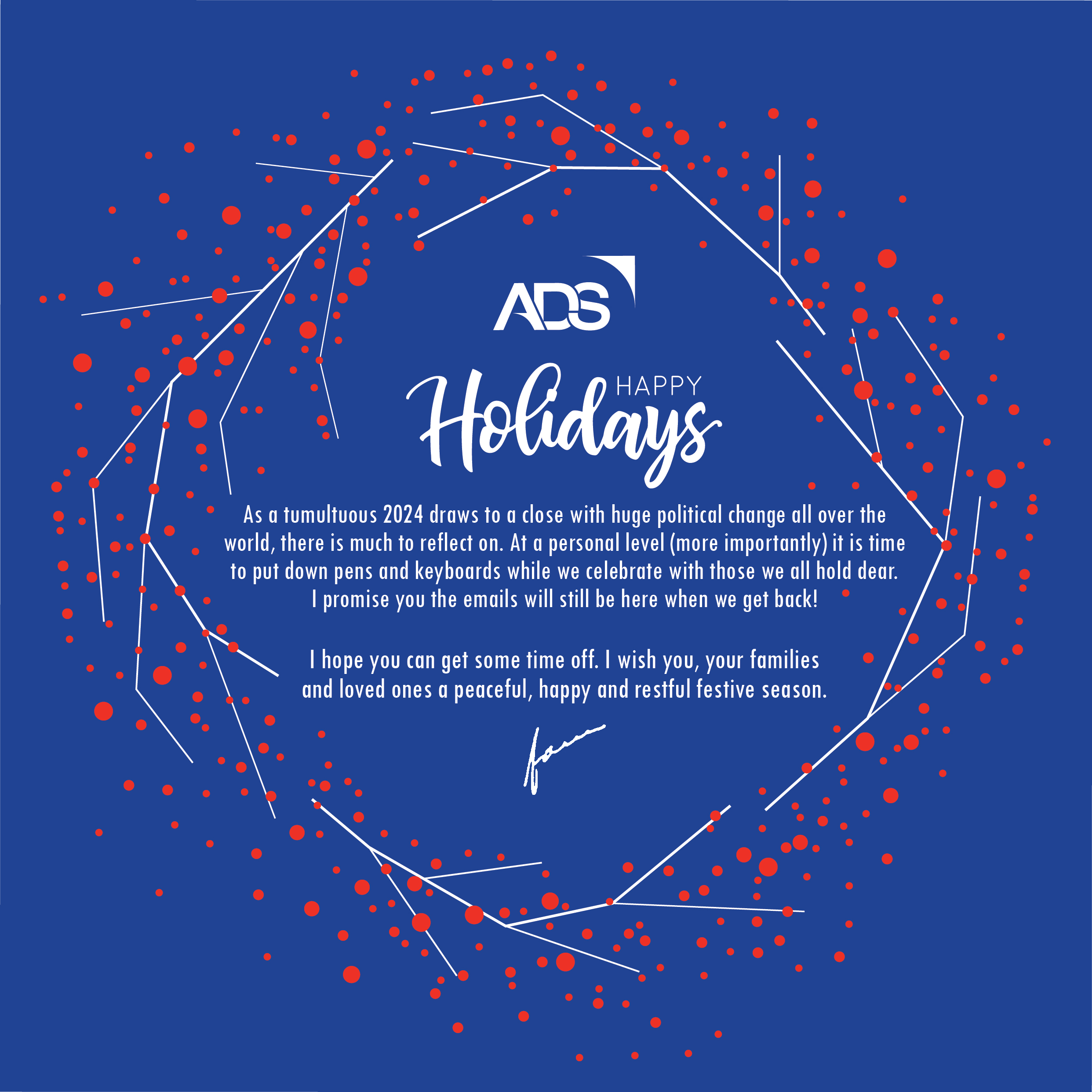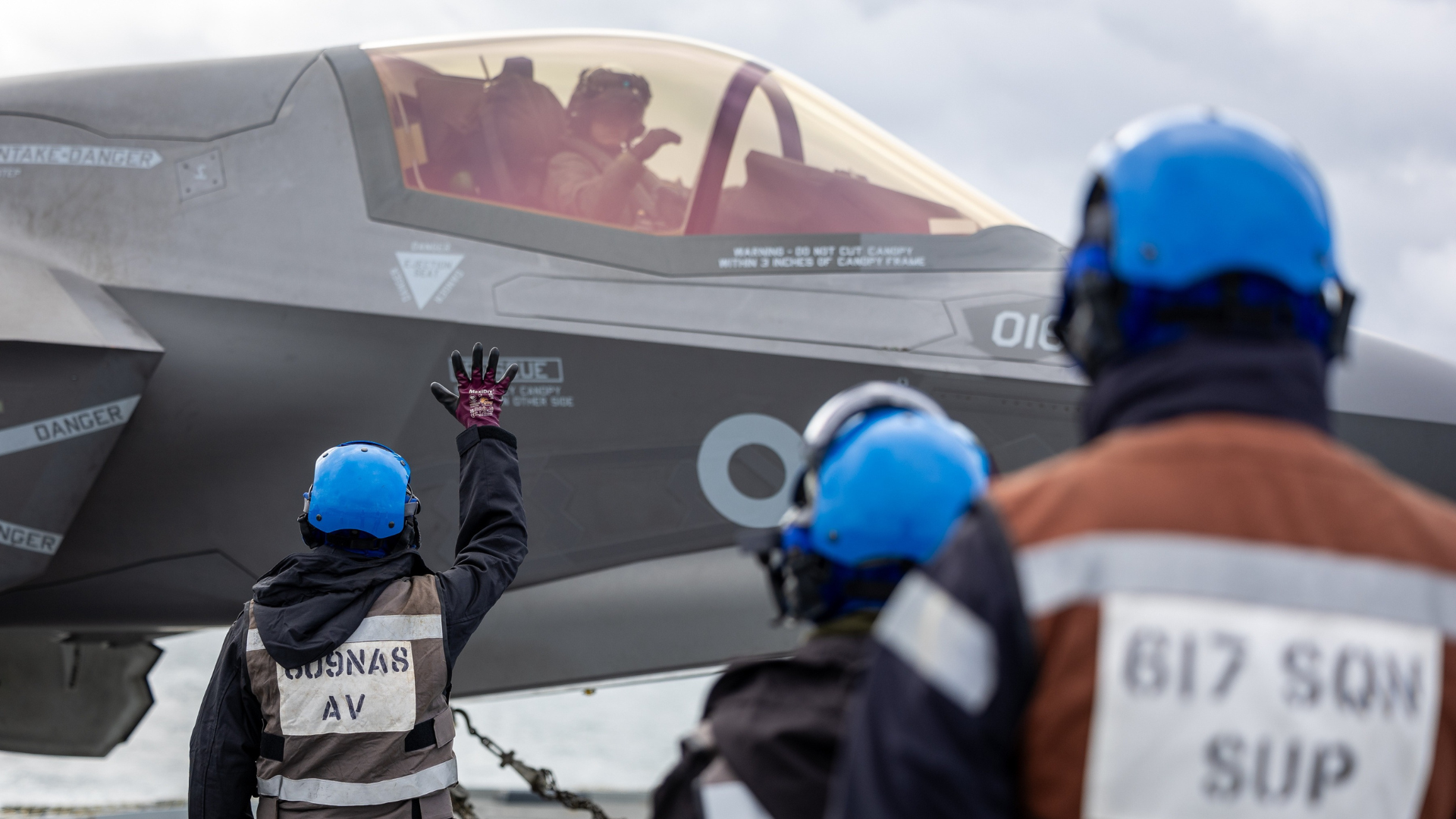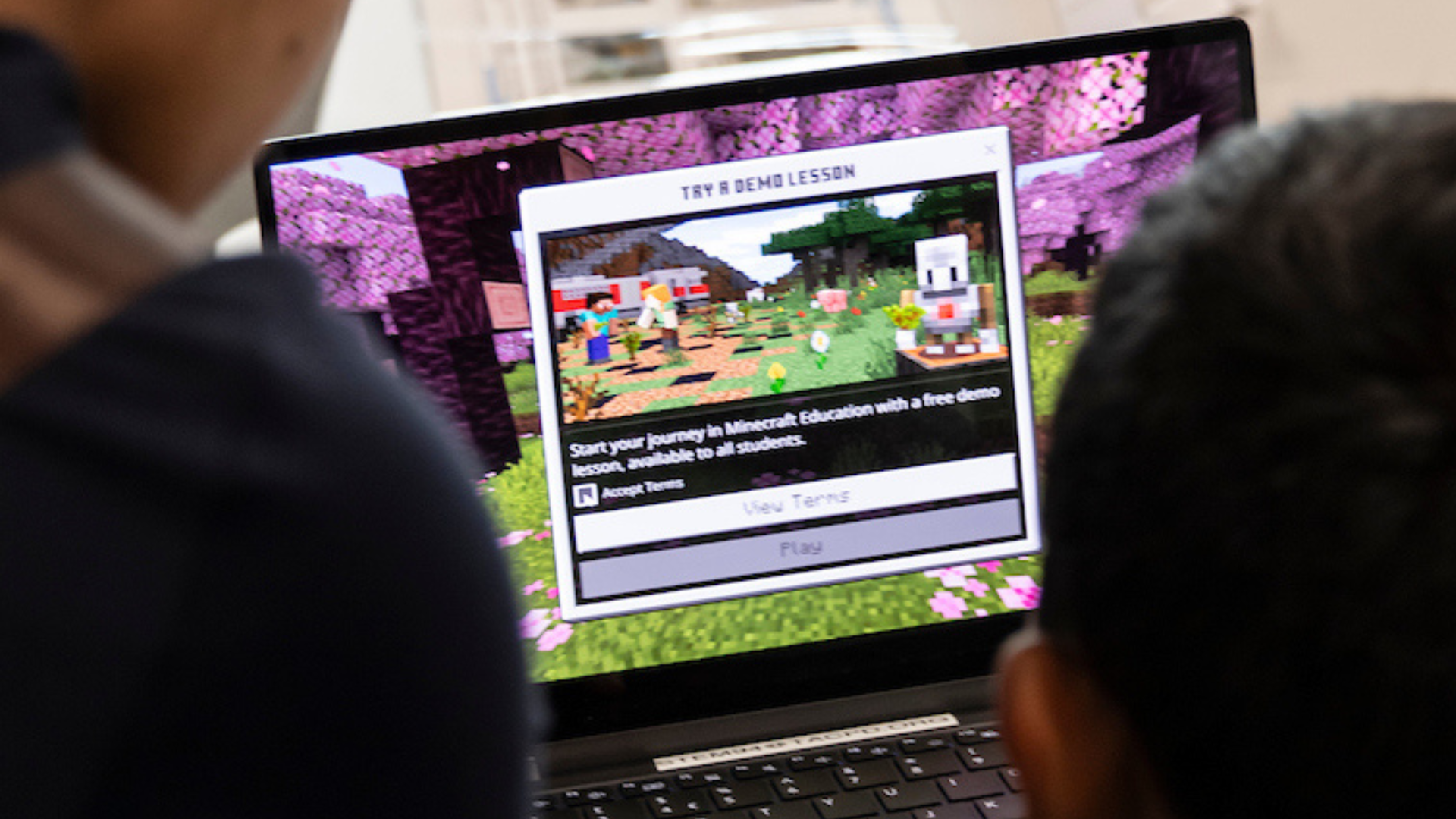
The UK and US aerospace industries have a long and storied history of working together. From the Short Brothers in Belfast producing the wings for the Wright Flyers in the 1910s, to Rugby-based Power Jets’ engines forming the backbone of all modern jet engines, and most recently the landmark AUKUS partnership, transatlantic cooperation has proven to be a fruitful and productive endeavour.
To that end, ADS work closely with our members in establishing closer and deeper ties with counterparts across the pond, including supporting trade missions and building relationships throughout the supply chain. As the global industry faces challenges shared across borders, including the production ramp up, the net zero transition, and the development of innovative forms of flight, working closely with decision-makers on both sides of the Atlantic will be increasingly important.
Last week, ADS hosted members at a reception with the UK Aerospace Minister, Nusrat Ghani MP, and a senior delegation of members of the US House of Representatives. With strong representation from both the UK and US governments, the reception was a great opportunity for members to discuss opportunities to build meaningful partnerships between the two aerospace industries.
Among the conversations, I noticed three main takeaways: the opportunities for transatlantic collaboration are greater now than for a long time; the challenges of the future will require deeper partnerships; and the next decade will be an exciting time for innovation in aerospace.
Greater opportunities for collaboration
With the International Civil Aviation Organisation (ICAO) agreeing to a global long-term aspirational goal for aviation in October last year, the international environment for close cooperation is clear, especially with recent progress on trade disagreements.
The technology that will power the net zero transformation will require a step change in aerospace innovation, with expertise drawn from all over the world. In the UK, the Aerospace Technology Institute (ATI) sets out the technology pathway, while in the US the White House recently set out its aeronautical priorities. The opportunities for collaboration are clear.
The future will require deeper partnerships
Overcoming the challenges of the next few years will need deep partnerships in many areas. On issues like regulation, including the certification of new sustainable technologies, the Federal Aviation Administration (FAA) in the US and the Civil Aviation Authority (CAA) in the UK have ambitious schedules to unlock the new and exciting technologies that industry is developing.
With many new technologies breaking entirely new ground for aviation, ensuring that these can be developed and enter into service in a safe and timely manner is one of the great challenges of the next few years, and something that industry on both sides of the Atlantic is committed to working with regulators to achieve.
This is an exciting time for aerospace
With new forms of flights such as electric Vertical Take-off and Landing (eVTOL) vehicles and hydrogen fuel cell aircraft just a few years away, it is clear that aerospace technology in the US and Europe is entering an incredibly exciting moment.
While the fundamentals of aviation – tube & wing aircraft design, powered by kerosene – has remained similar for the last seven decades, the next decade will see a step change in technologies that will offer a whole new use case for flight, with UK and US innovators unlocking green and sustainable travel in a way that could not have been dreamed of just a few years ago.
ADS is lucky to get to work with so many of these great innovators from the UK, US and indeed the world over. The enthusiasm and excitement at the reception with representatives from both governments was palpable. We will be working closely with our members to make the promises of the future a reality, ensuring that the UK continues to be a global leader and trendsetter in aerospace.
If any ADS member has any questions around some of the topics in this article, please get in touch.





